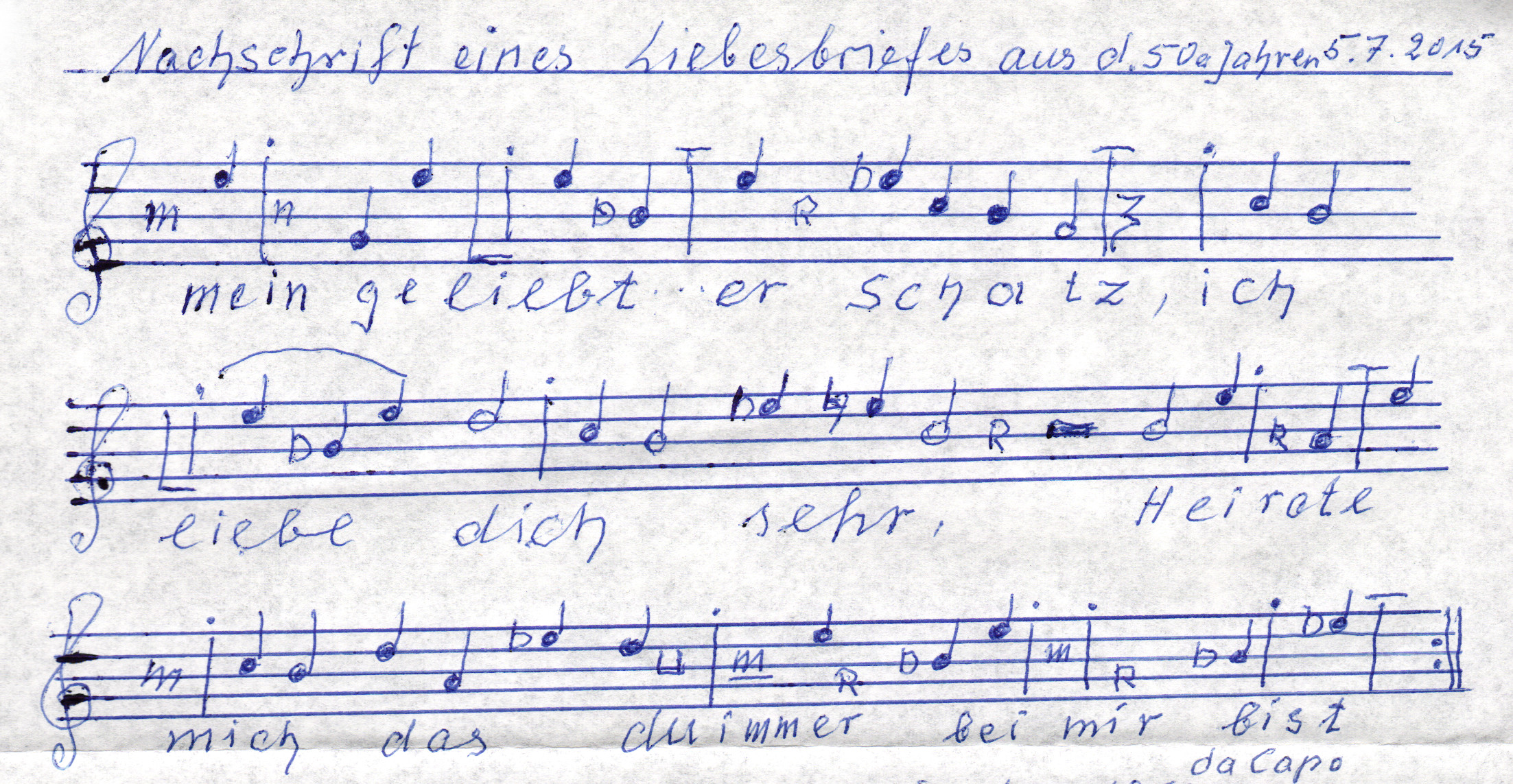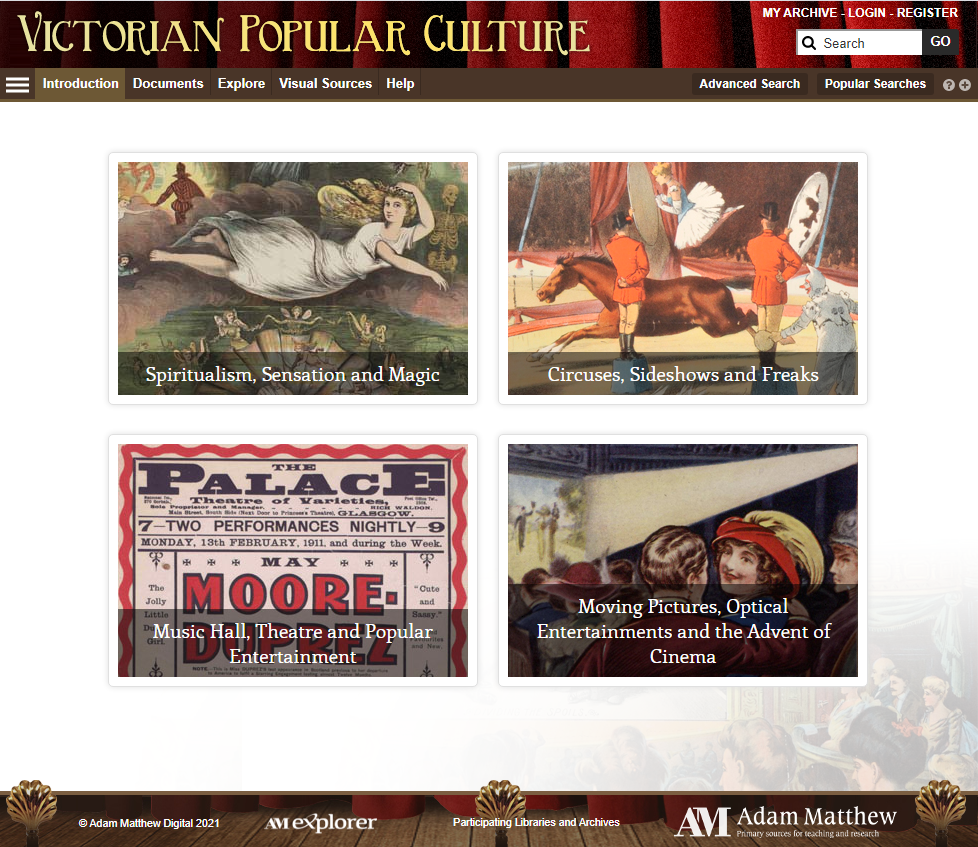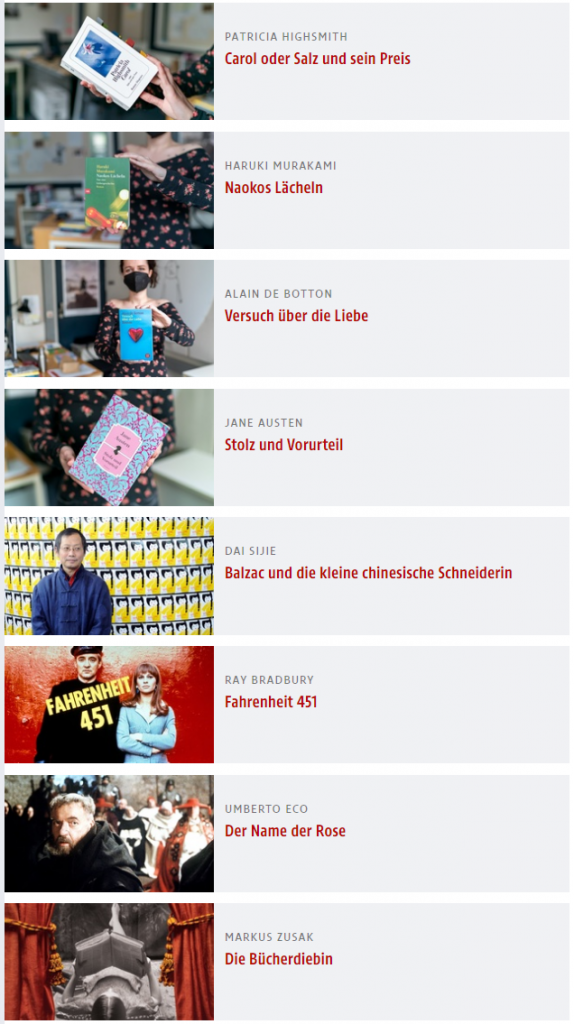Politics and the Slavic languages
 During the last two centuries, ethnolinguistic nationalism has been the norm of nation building and state building in Central Europe. The number of recognized Slavic languages (in line with the normative political formula of language = nation = state) gradually tallied with the number of the Slavic nation-states, especially after the breakups of Czechoslovakia, the Soviet Union and Yugoslavia. But in the current age of borderless cyberspace, regional and minority Slavic languages are freely standardized and used, even when state authorities disapprove. As a result, since the turn of the 19th century, the number of Slavic languages has varied widely, from a single Slavic language to as many as 40.
During the last two centuries, ethnolinguistic nationalism has been the norm of nation building and state building in Central Europe. The number of recognized Slavic languages (in line with the normative political formula of language = nation = state) gradually tallied with the number of the Slavic nation-states, especially after the breakups of Czechoslovakia, the Soviet Union and Yugoslavia. But in the current age of borderless cyberspace, regional and minority Slavic languages are freely standardized and used, even when state authorities disapprove. As a result, since the turn of the 19th century, the number of Slavic languages has varied widely, from a single Slavic language to as many as 40.
Through the story of Slavic languages, this timely book illustrates that decisions on what counts as a language are neither permanent nor stable, arguing that the politics of language is the politics in Central Europe. The monograph will prove to be an essential resource for scholars of linguistics and politics in Central Europe.
zum Buch im ULB-Katalog
zum Buch auf der Verlags-Website
Russia: a historical introduction from Kievan Rus‘ to the present
 This lucid account of Russian and Soviet history presents major trends and events from Kievan Rus’ to Vladimir Putin’s presidency in the twenty-first century.
This lucid account of Russian and Soviet history presents major trends and events from Kievan Rus’ to Vladimir Putin’s presidency in the twenty-first century.
Directly addressing controversial topics, this book looks at issues such as the impact of the Mongol conquest, the paradoxes of Peter the Great, the “inevitability” of the 1917 Revolution, the Stalinist terror, and the Gorbachev reform effort. This new ninth edition has been updated to include a discussion of Russian participation in the War in Donbas, eastern Ukraine, Russia’s role in the Syrian civil war, the rise of opposition figure Alexei Navalny, Vladimir Putin’s confirmation as “president for life,” recent Russian relations with the United States, the North Atlantic Treaty Organization (NATO), and the European Union as well as contemporary social and cultural trends. Distinguished by its brevity and supplemented with substantially updated suggested readings that feature new scholarship on Russia and a thoroughly updated index, this essential text provides balanced coverage of all periods of Russian history and incorporates economic, social, and cultural developments as well as politics and foreign policy.
Suitable for undergraduates as well as the general reader with an interest in Russia, this text is a concise, single volume on one of the world’s most significant lands.
zum Buch im ULB-Katalog
zum Buch auf der Verlags-Website
Weitere Titel können Sie in unseren Neuerwerbungslisten für die Slavistik entdecken!















